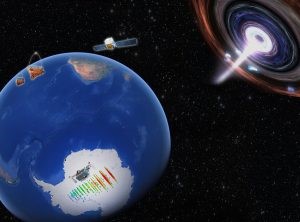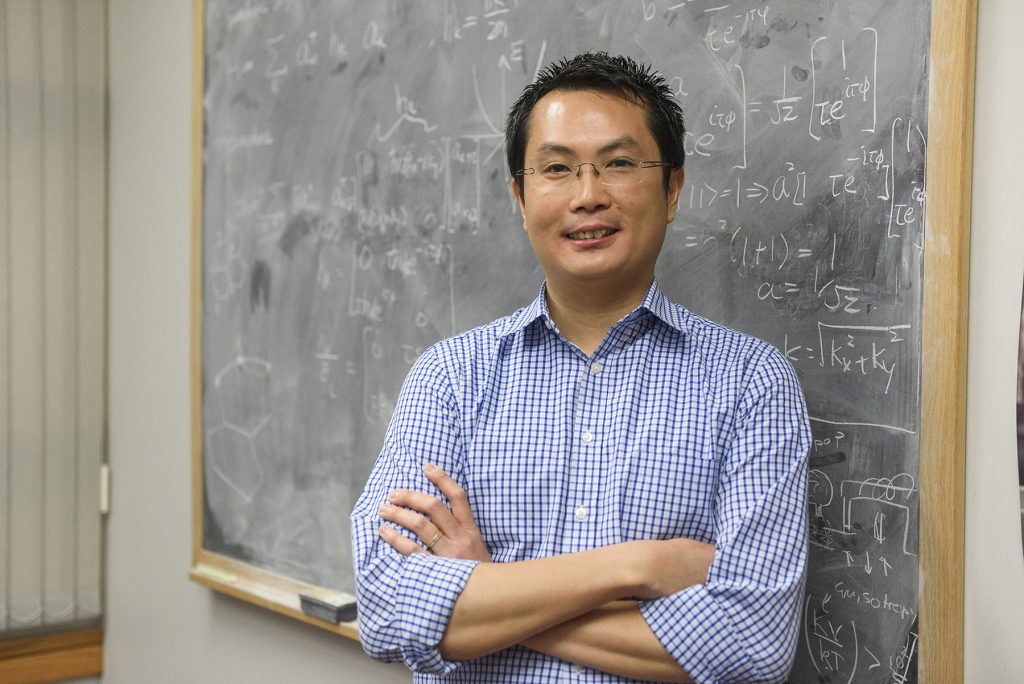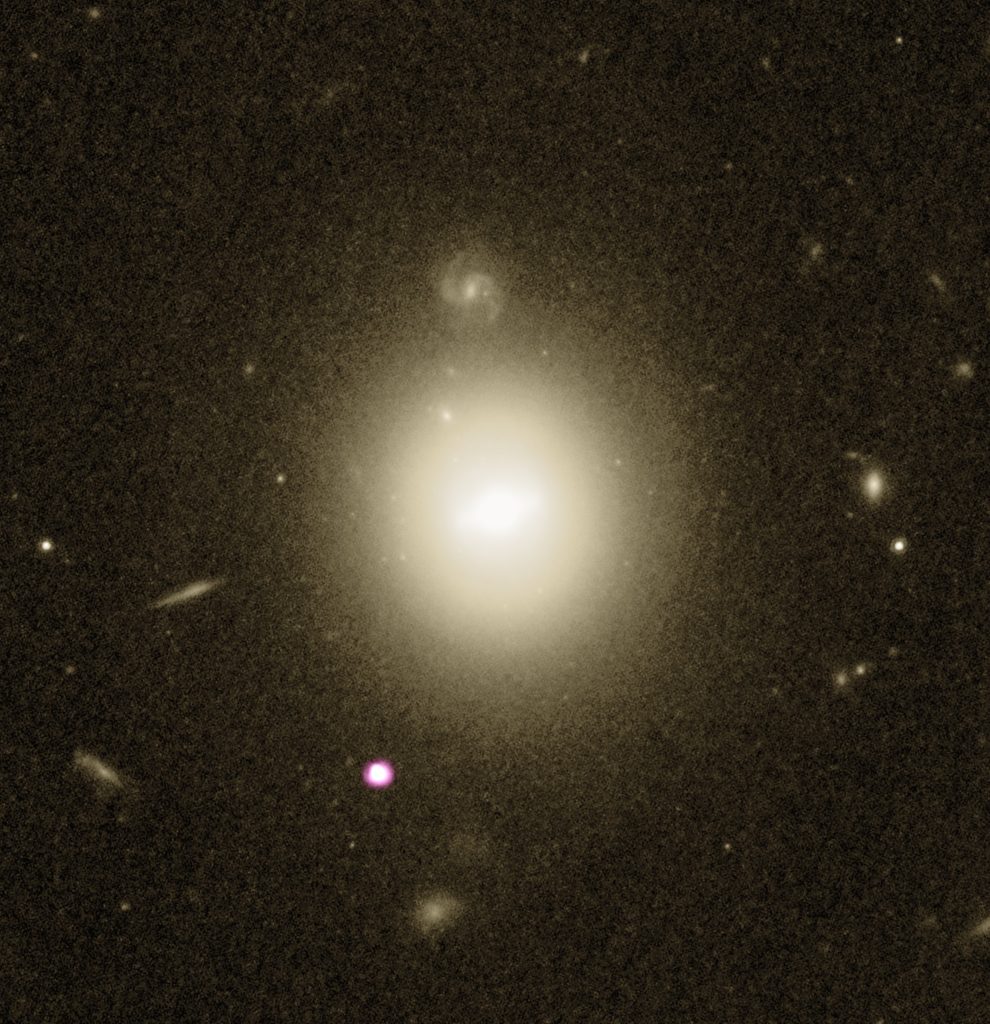Read local, national, and world news that feature faculty, students, and alumni from the College of Arts & Sciences. Most recently, the College is trending in the news for the visiting artist lecture series, research on amphibians, handcrafted ceramic bowls, and more.
Tag: Department of Physics and Astronomy
A&S in the News: January 20-26, 2019
Read local, national, and world news that feature faculty, students, and alumni from the College of Arts & Sciences. Most recently, the College is trending in the news for the Million Dollar Band at the Senior Bowl, a trailblazing astrophysics student, and more.
A&S in the News: January 13-19, 2019
Read local, national, and world news that feature faculty, students, and alumni from the College of Arts & Sciences. Most recently, the College is trending in the news for the partial government shutdown, the total lunar eclipse, and more.
A&S in the News: January 6-12, 2019
Read local, national, and world news that feature faculty, students, and alumni from the College of Arts & Sciences. Most recently, the College is trending in the news for research on the 2017 Senate election, astronomical discoveries, an upcoming theatre production, and more.
A&S in the News: October 7-13, 2018
Read local, national, and world news that features faculty, students, and alumni from the College of Arts & Sciences. Most recently, the College is trending in the news for the Outstanding Commitment to Teaching Awards, research on Hurricane Michael, the Million Dollar Band, and more.
A&S in the News: September 16-22, 2018
Read local, national, and world news that features faculty, students, and alumni from the College of Arts & Sciences. Most recently, the College is trending in the news for the Tuscaloosa Symphony Orchestra, research on Hurricane Florence, a new production by the Department of Theatre and Dance, and more.
UA Professors Help in Discovery of Potential Cosmic Ray Source

From the September 2018 Desktop News | Three UA professors are part of an international team of scientists who found evidence of the source of tiny cosmic particles, known as neutrinos, a discovery that opens the door to using these particles to observe the universe. “We’re beginning to do astronomy using means other than light, combining electromagnetic (light) observations with other measurements in what we now call multimessenger astronomy,” said Dr. Marcos Santander, UA assistant professor of physics and astronomy. “This […]
Read More from UA Professors Help in Discovery of Potential Cosmic Ray Source
With Project, Physics Professor ‘Pushing the Limit of Our Understanding’

From the September 2018 Desktop News | Dr. Wang-Kong Tse, UA assistant professor of physics, was recently awarded a grant from the 2018 Early Career Research Program sponsored by the U.S. Department of Energy, one of 84 scientists from across the nation to receive funding. Tse will lead theoretical work in examining van der Waals materials, stacked, two-dimensional materials, when placed in what is called a non-equilibrium state, a condition where the material’s resting state is being perturbed by an external […]
Read More from With Project, Physics Professor ‘Pushing the Limit of Our Understanding’
A&S in the News: August 12-18, 2018
Read local and national news that features faculty, students, and alumni from the College of Arts & Sciences. Most recently, the College is trending in the news for the Million Dollar Band’s fall camp, research on a the political impact of the alt-right, a telescopic viewing of planets, and more.
UA Astronomer Helps Discover Elusive Black Hole

From the August 2018 Desktop News | An astronomer at UA is part of an international team of researchers who found a mid-sized black hole, a cosmic oddity in observations of the universe. The finding, which demonstrates an effective method to detect this class of black holes, was announced recently in the journal Nature Astronomy. Two types of black holes are well-known. Massive stars create stellar-mass black holes when they die, while galaxies host supermassive black holes at their centers, with masses equivalent […]
Read More from UA Astronomer Helps Discover Elusive Black Hole